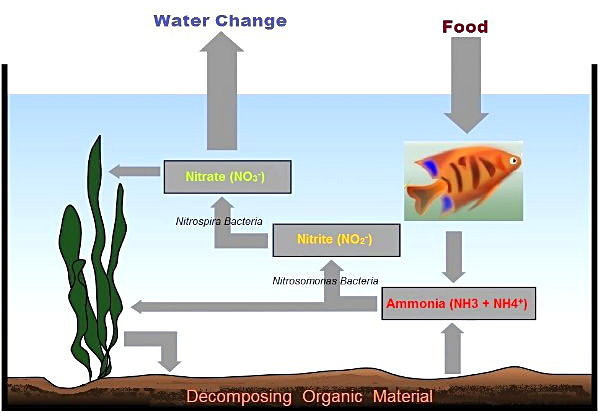Hi, i am joining this forum as I humbly ask and beg your help.
I had a very successful tropical did tank for several years. I would just do a routine water and filter change and swordtails bred well and I never needed to buy extra fish nor do any troubleshooting. Then last year, they all died quickly, sending me into a spiral of frustration and confusion. In the last year I’ve stripped and cleaned the tank, done a multitude of water changes added all the recommended additives , cleared the ammonia removed the new fish that died after hours or days.
today I checked a water sample with the local pet store and added 12 fish only for them to die within 2 hours. There is no ammonia nor nitrate in the water and other test are negative. Now I notice the once healthy plants ar stating to die. Please help. What am I missing?
Thanks for your help . Peter
I had a very successful tropical did tank for several years. I would just do a routine water and filter change and swordtails bred well and I never needed to buy extra fish nor do any troubleshooting. Then last year, they all died quickly, sending me into a spiral of frustration and confusion. In the last year I’ve stripped and cleaned the tank, done a multitude of water changes added all the recommended additives , cleared the ammonia removed the new fish that died after hours or days.
today I checked a water sample with the local pet store and added 12 fish only for them to die within 2 hours. There is no ammonia nor nitrate in the water and other test are negative. Now I notice the once healthy plants ar stating to die. Please help. What am I missing?
Thanks for your help . Peter



 /www.youtube.com/watch?v=PWoiCqCvJco
/www.youtube.com/watch?v=PWoiCqCvJco